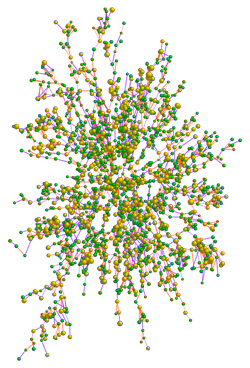This sums up both
Bill Gates’ sudden surge of
agricultural land purchases
and
the fossil fuel industry’s sudden surge of fracked methane pipelines:
“on a global scale, that the global problem, from the
perspective of European colonialists and European entrepreneurs, is
really how to transform the countryside.”
 In both cases, we here in the southeast are just peasants
or backwards natives from the perspectives of the
the new colonialists as they try to transform our countryside.
So what if such transformation results in
dust storms
or
leaks, explosions, or
higher domestic natural gas prices?
The new colonialists would profit!
In both cases, we here in the southeast are just peasants
or backwards natives from the perspectives of the
the new colonialists as they try to transform our countryside.
So what if such transformation results in
dust storms
or
leaks, explosions, or
higher domestic natural gas prices?
The new colonialists would profit!
Jonathan Shaw wrote for Harvard Magazine November-December 2014, The New Histories: Scholars pursue sweeping new interpretations of the human past. Continue reading

